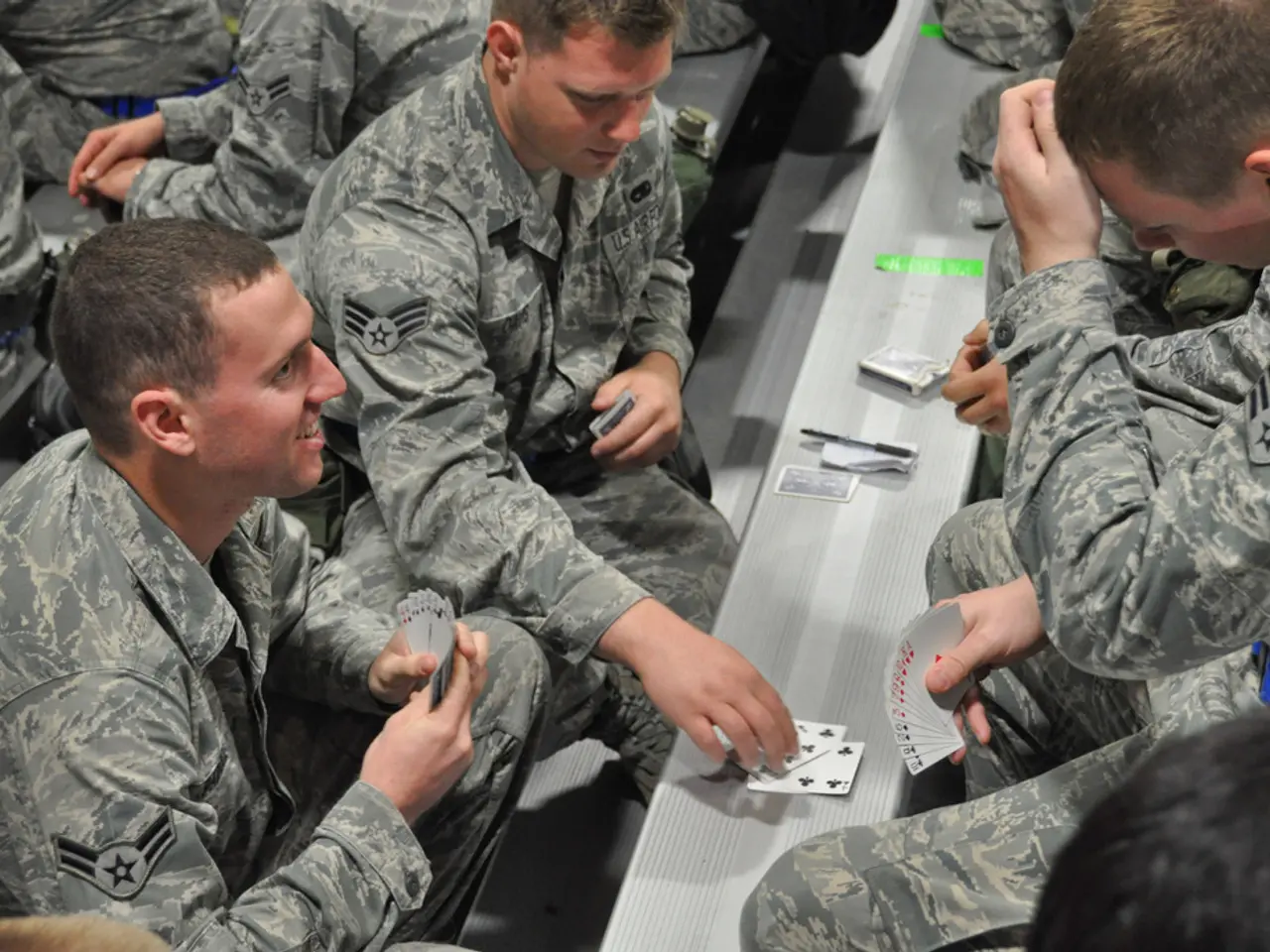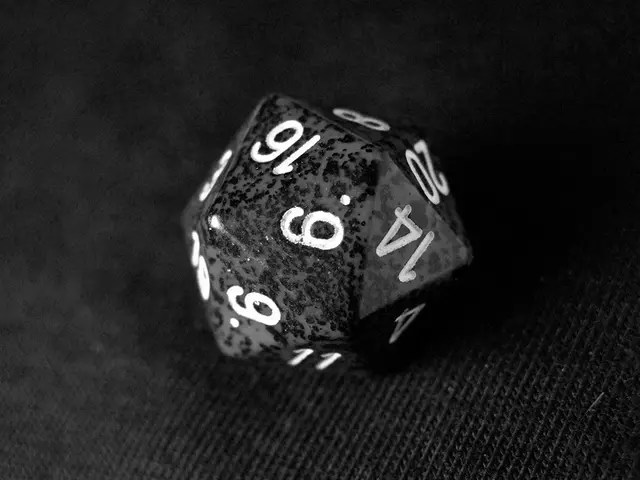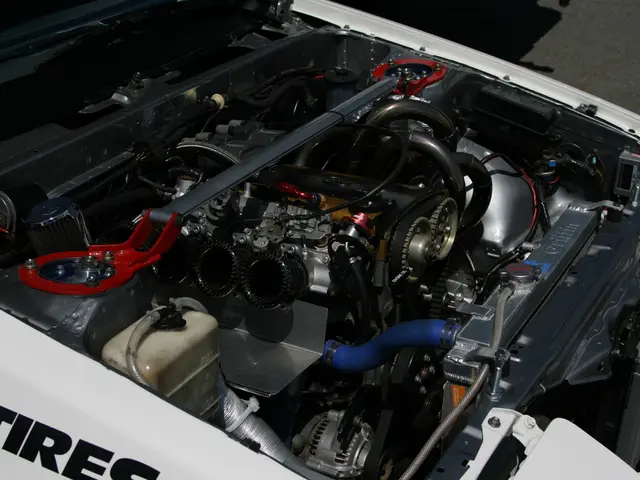Mastering Poker Positions: Unveiling the Key to Strategic Victory
In the thrilling world of poker, the position you occupy at the table is more than just a seat. It shapes the informational and tactical landscape of each hand, influencing your betting size, hand selection, bluff potential, pot control, and ultimately your expected profitability.
Poker positions refer to the seat a player occupies at the table, with proximity to the dealer determining the order in which players bet and reveal their hands. The big blind is classified as one of the early positions, and the recommended strategy from this position is to only play if you have a strong hand. To its immediate left lies the small blind, which acts first post-flop.
Middle position players have the toughest task, as they are the first to react to early moves with little information to work with. In poker, early positions players must be cautious as even favorable odds can be deceptive with limited information.
As the game moves around the table, pot control increases. Players in late positions, such as the hijack and cut-off, can leverage this advantage to control the size of the pot better. They may keep the pot small when uncertain about their hand or build it up when confident, enabling them to influence the pacing and stakes of the hand.
Being in late position also offers greater bluffing opportunities. With all or most of the information already on the table, players can gauge when an opponent is weak based on their actions and leverage that to apply pressure effectively.
The under the gun position, to the immediate left of the big blind, is considered one of the toughest spots on the table. Players in this position must make decisions with incomplete information and act first, leading to higher risk situations. In contrast, the button, the final position, is the strongest position in poker. The dealer has all the information needed to assess the situation, allowing the player to assess the likely strengths and weaknesses of their opponents' hands.
In Texas Hold'em, the most popular version of poker, poker positions are crucial. The flop is a pivotal point in any poker game, and the player's next move can depend greatly on their slot on the table. Getting free cards is possible depending on your position at the table, and they can be more beneficial as the game develops.
The cut-off spot is also a desirable poker position that players like to aim for. In late position, where you've seen others act, pot odds become far more reliable. The potential to bluff is greater in late positions as all or most of the information is already on the table. Calculating pot odds depends on poker positions, with these odds increasing or decreasing based on where you sit.
In summary, mastery of what hands to play and how to act depending on your position is a cornerstone of winning poker strategy. Understanding the unique advantages and challenges of each position can help you navigate the game with confidence and maximize your chances of success.
In the world of poker, players in late positions such as the hijack and cut-off can use their advantage of increased pot control to shape the size of the pot according to their confidence in their hand.
Furthermore, being in late positions like the cut-off offers greater bluffing opportunities, since the majority of information is already on the table, enabling players to apply pressure effectively by gauging an opponent's weakness.








